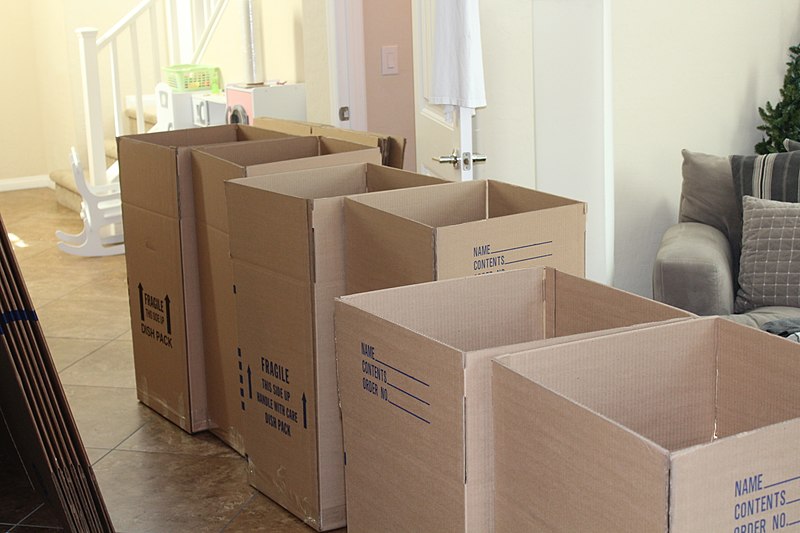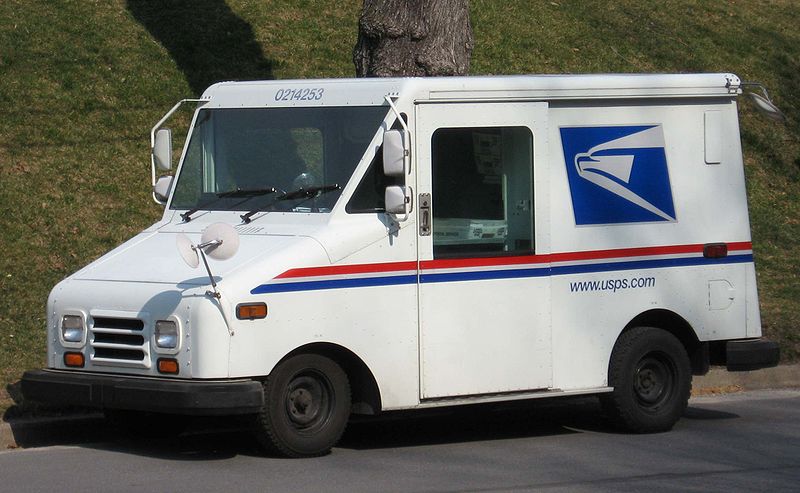
Updated on 11/13/20
Most people who choose to be cremated want to have a portion of their ashes scattered or buried in a place that was exceptionally meaningful to them. However, families may hit a snag or two in the transportation process, if they do not plan ahead.
The rules to transport cremated remains require some forethought and the purchase of the right cremation urn. With attention to detail and local regulations, families can move the ashes of their loved ones to a fitting final resting place.
Is It Easy to Transport Ashes by Car?
How do I Transport Ashes by Plane?
Since 2004, the Transportation Security Administration (TSA) has affirmed its commitment to helping families bring a loved one’s cremated remains with them by plane. However, the TSA requires that certain standards be met.
As a way to around this concern, the TSA recommends that families wishing to transport urns by plane should select urns that have a removable container that may be shown to TSA officials.
In particular, many biodegradable urns are ideal for this purpose. They do not block the TSA from viewing the contents.
Most biodegradable urns also contain a bag for the ashes, which may be shown to TSA inspectors as necessary.
Airline passengers are encouraged to contact TSA directly to confirm that their chosen urns will safely pass through security. And as a good practice, always research the airline you are traveling with to understand their policies as well.
How do I send Cremated Remains by Mail?
Many families realize that they must send remains by mail because transport by car or plane is simply not an option.
Residents of the United States must follow governmental regulations to ensure that the ashes arrive as expected. Since 2013, the United States Postal Service (USPS) asserts itself as the only legal method for shipping cremated remains in the U.S. People who wish to ship remains to a domestic location need only to follow USPS guidelines.
The selected cremation urn must have two containers–an outer urn and an inner container to hold the ashes.
The inner container must be sift-proof, meaning that the ashes cannot spill out during transit. USPS suggests that families put the inner container in a sealed plastic bag, just in case.
Some countries do not permit the transport of human remains by mail. USPS maintains lists of countries that will accept human remains through postal service. Just look up the country on their list and see if it is permitted.
The remains must be sent by Priority Mail Express International service, to a country where this service is available. With these standards obeyed, families are free to follow USPS instructions for packaging.
They must complete appropriate customs forms and declare the contents. At that point, the remains will be shipped to the correct international address.
Moving a cremation urn to its final resting place requires some attention to detail, as a recap:
If families wish to transport by car, all they really need is an urn that is tightly sealed.
For transit by plane, the urn should be made of materials that can be seen through security checkpoints and x-ray scanners.
People who want to ship remains through the postal service must package the boxes correctly and follow all rules for shipment to international addresses.
This knowledge helps families to decide on the appropriate urns for ashes for their needs, and ensure that the remains arrive intact in the proper location.









This is actually pretty common, and you shouldn't have an issue splitting the cremains up among 2 plots. I would suggest calling the cemetery you plan on using and they will be able to help further guide you, take care.
Sincerely,
Susan Fraser
I don't see any issue really with taking cremated remains to a wedding ceremony if they are placed in a proper urn or keepsake, but if it is not your own personal wedding, I would suggest getting permission first. Some people may not be as open to the idea as others, although I have heard several stories of beautiful ways to incorporate a loved ones urn or remains in a wedding ceremony, the idea can make some feel uneasy.
Sincerely,
Susan Fraser
A celebration of life in Hawaii sounds beautiful. Cremains can be easily packaged up and sent through the United States Postal System, but there are certain regulations that must be followed. I would suggest speaking with the funeral home you plan on using, they will be able to help you pre-arrange something in regards to how you would like your cremains handled once the time comes.